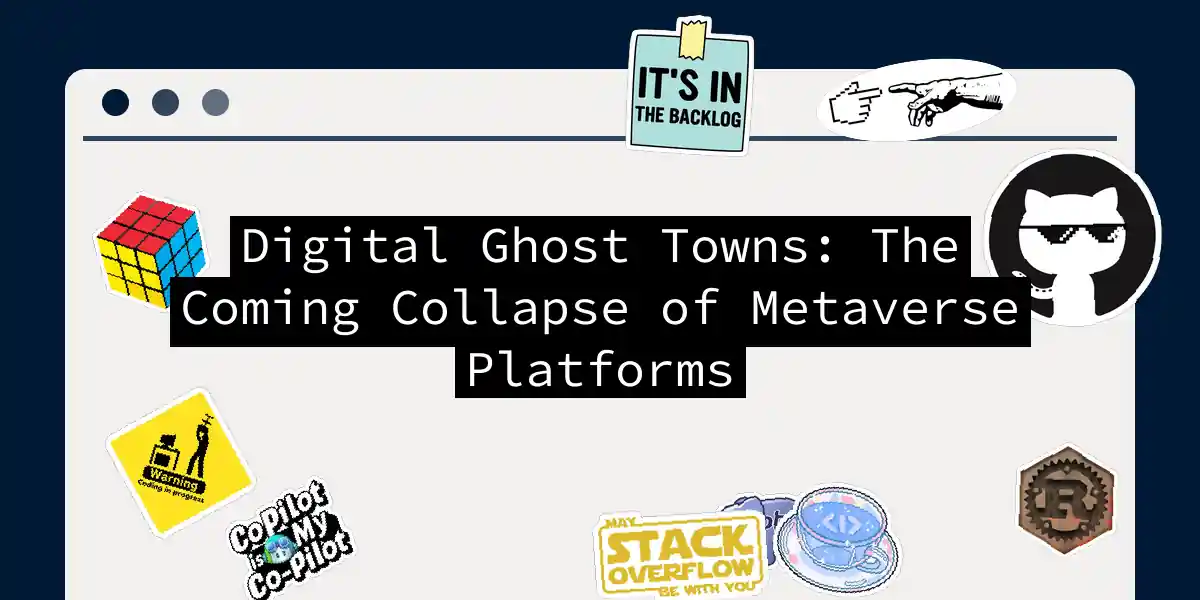
The Importance of Semantic Versioning in Software Releases
Why Your Version Numbers Matter More Than You Think If you’ve ever wondered why some developers break out in hives when they see a version jump from 1.2.3 to 1.2.4, or why others celebrate like they won the lottery when they get to bump a major version, you’re about to discover the secret language of software versioning. It’s not magic—it’s Semantic Versioning, and it might just be the most underrated practice in modern software development....



